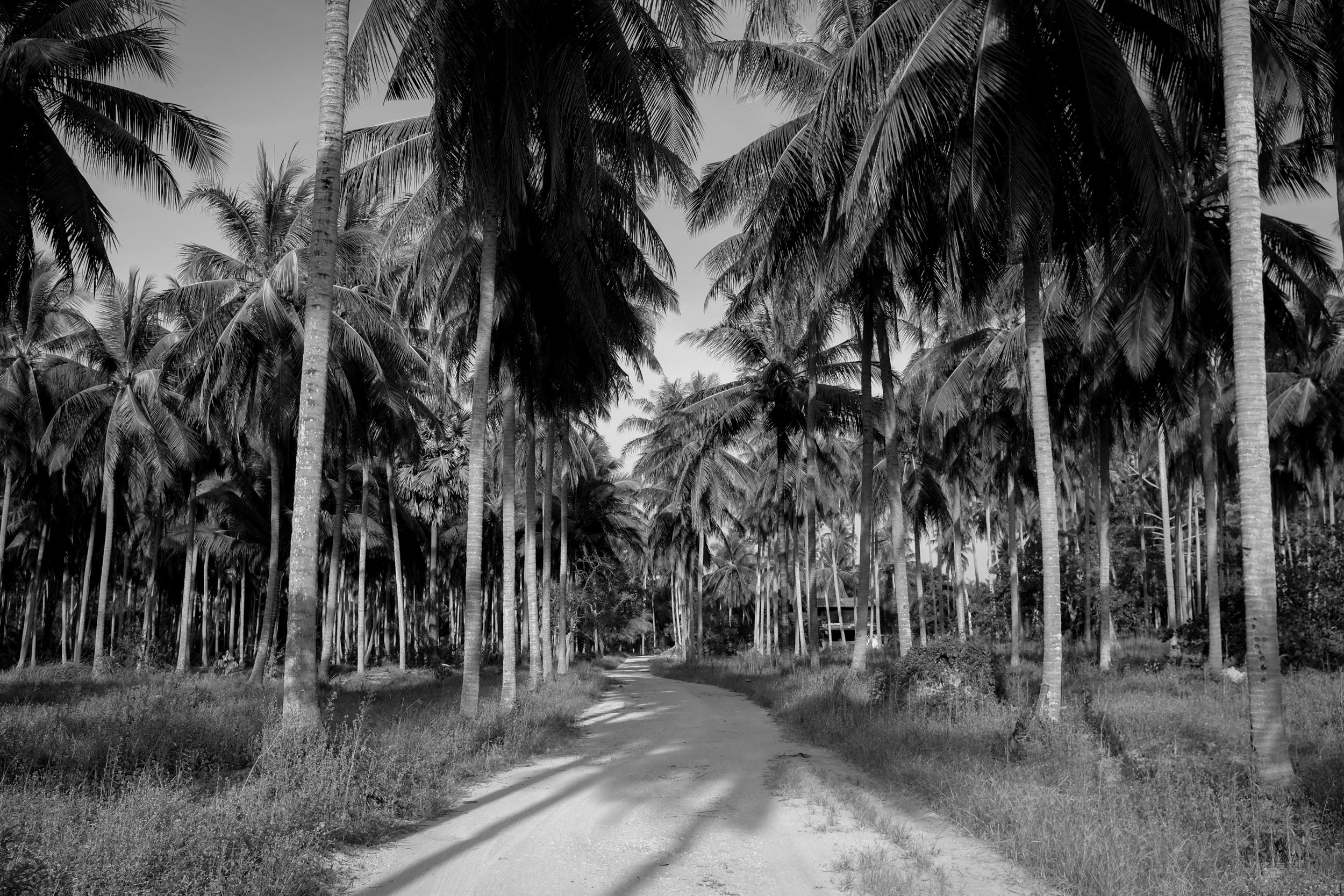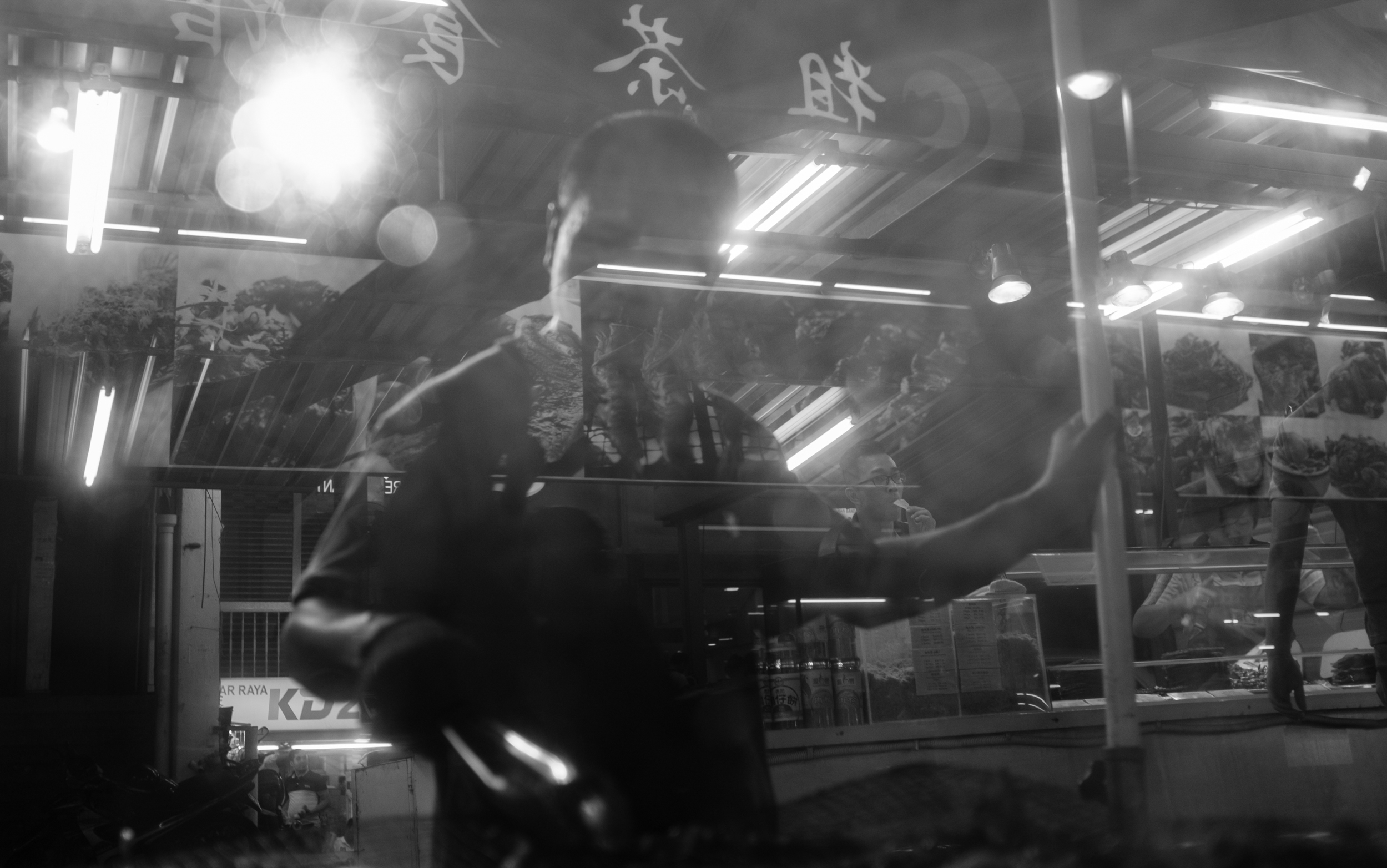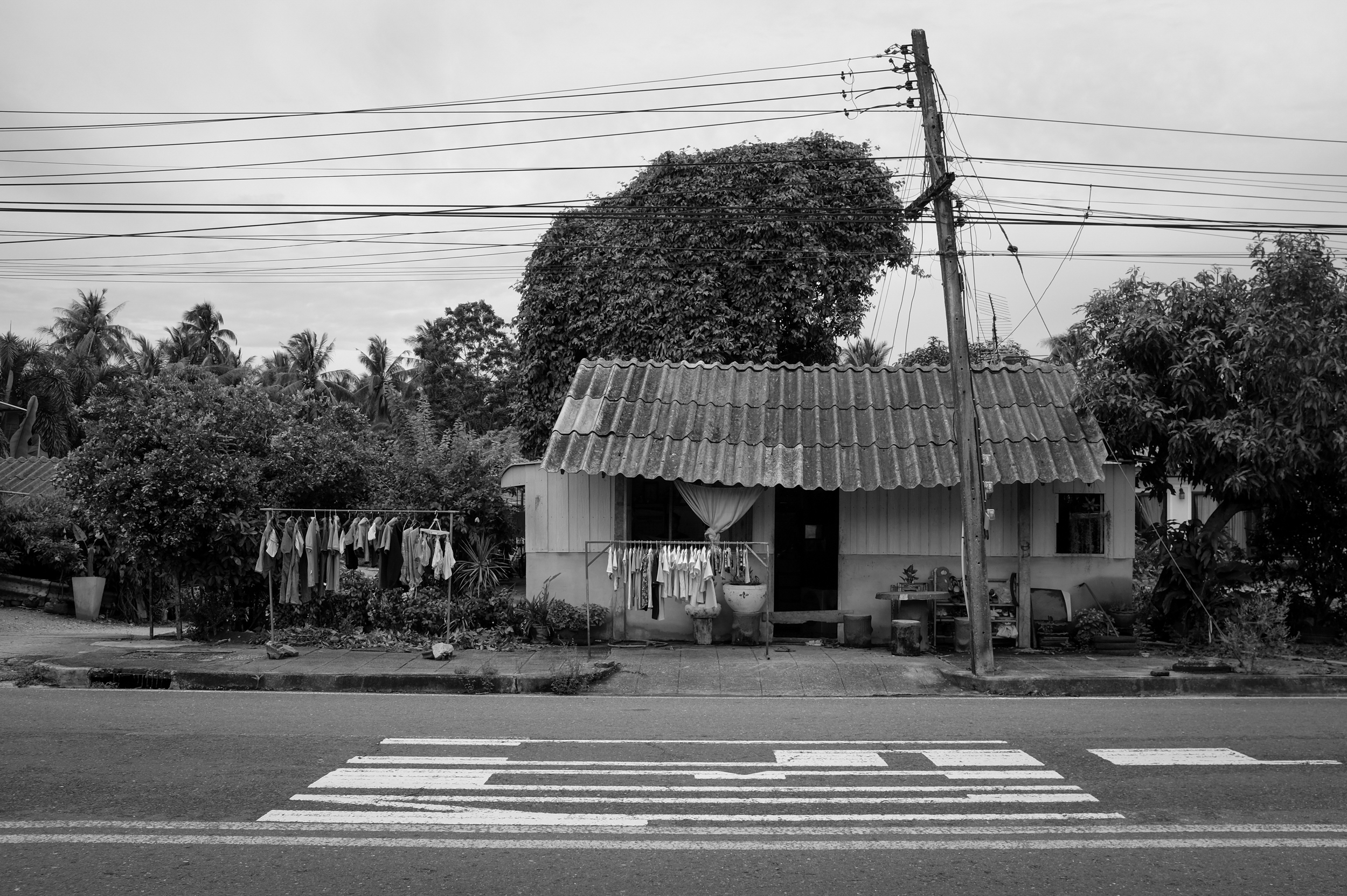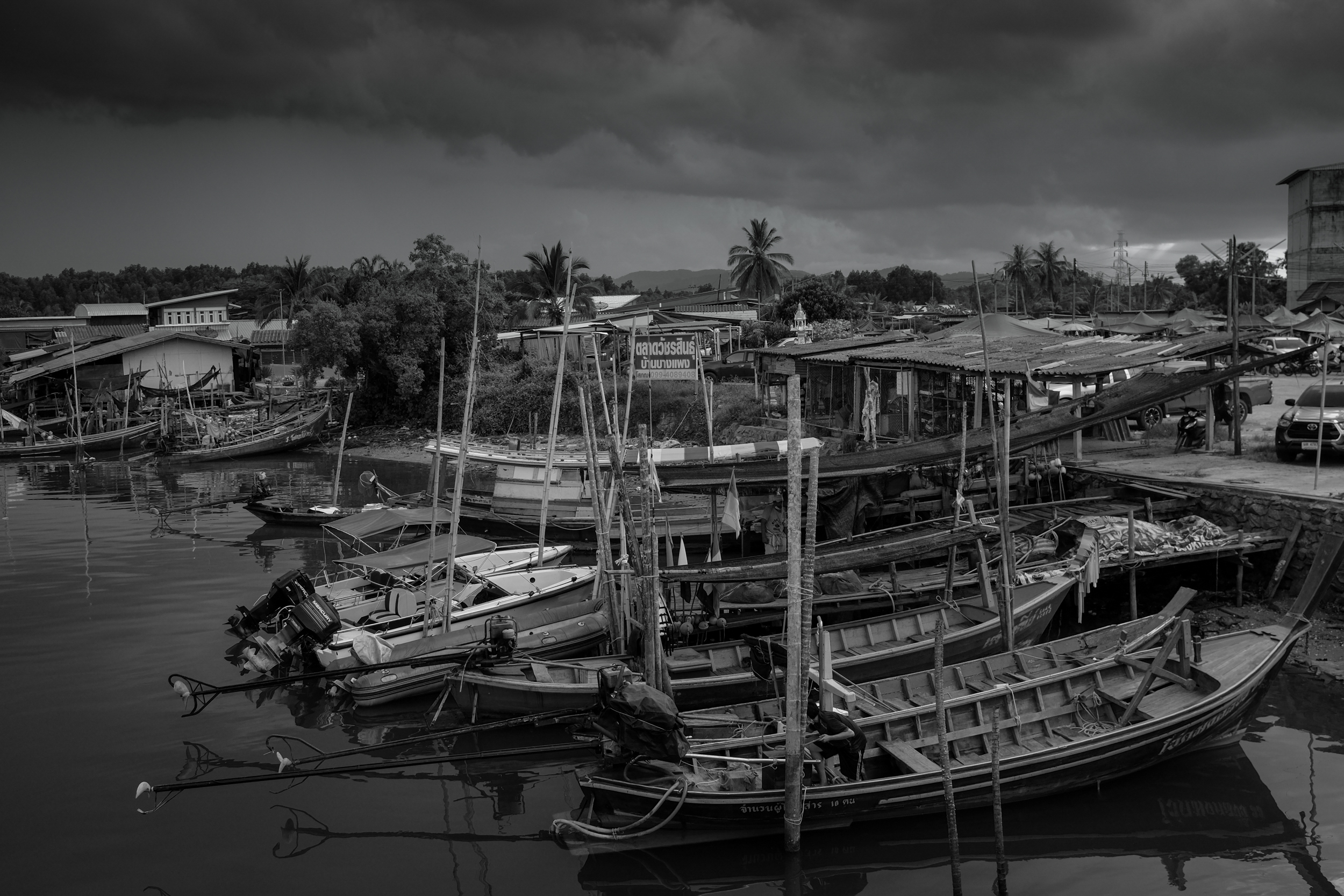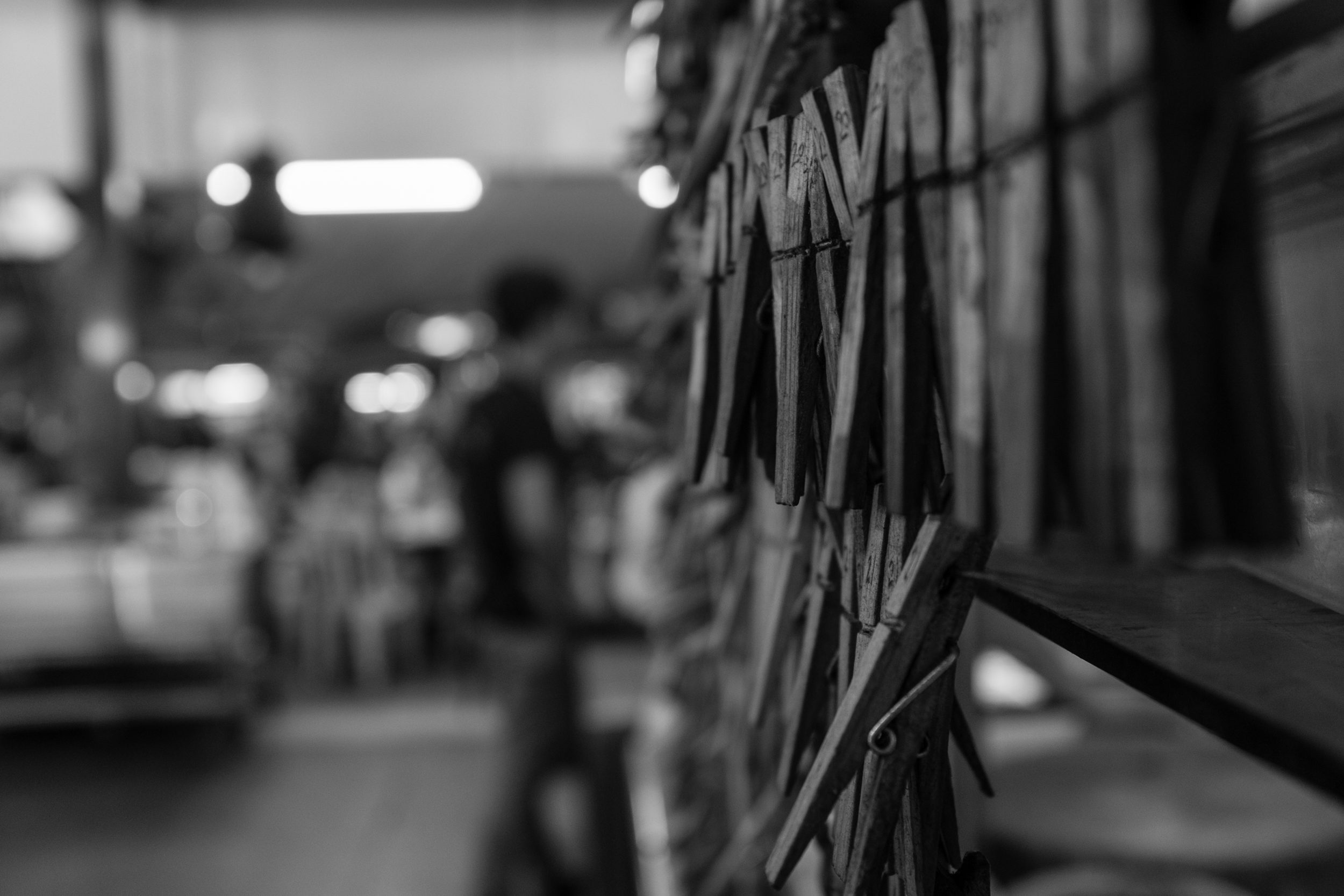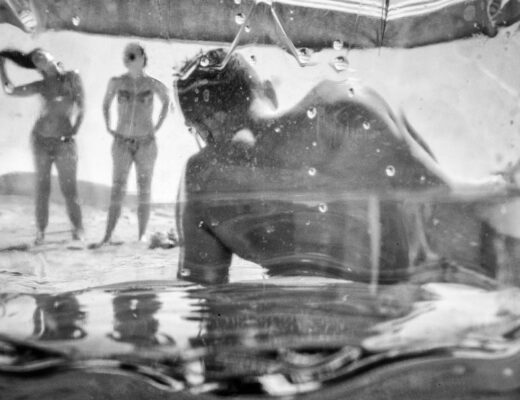Travel photography means different things to many of us, although by nature it’s generally about showing the brighter and often unrealistic side of life.
There’s really no easy way to try and define exactly what travel photography is. It is, in truth, a myriad of several of various photographic genres, although in a professional sense it’s almost always narrowed down to a few specifics. To many out there it’s about documenting a holiday or a travel experience, often family- or friends-orientated and about creating personal memories. Even then, it’s generally imagery with a positive and flowery aspect to it. This is normal – after all, it’s human nature and in general most people do not want to see the realities that may well have been just out of that frame or the debris and air pollution that might have been surrounding you or behind you at the time of capture.
And there’s the thing – it’s exactly the same as a professional travel photographer, where it’s bright and breezy, happy and sunny, and most often is based around pre-conceived expectations of a location or a subject – expectations that sell because that is what people want to see, or at least most do.
As much as many may well refute this, as a freelancer of 30 years and counting I can attest that most publications, destinations and brands simply do not want to see the flip side of that idyllic lens; they are, after all, selling dreams. Okay, there are the odd passion-led publications out there – but that’s often exactly what they are – passion projects, publications that rarely make any money and generally do not pay for contributions.
Yes, there are still humanitarian stories out there in some newspapers and magazines, but they are a lot thinner on the page than they were in the glory days of print, and they are often hard to tag as travel photography.
There have been countless times over the last 30 years that I’ve gone off on travels (mostly self-funded, which kills another illusion) and have come back with images that I feel tell the story or show the reality of a situation and yet the publication simply does not want to see that. They want that dream, the images that they imagined appearing on those picture postcard racks of yesteryear.
There is, of course, good commercial reason in this; publishers know that anything perceived as not being positive or inspirational simply does not appeal to the majority or readers, and most surely not to the advertisers, those who effectively pay the bills and the salaries of everyone involved.
Sadly, few of us who do such things for a living can afford to head off on passion projects documenting things that few would want to see or read about and even fewer who would be willing to pay for it.
Sunny side down
Either way, to me, the flip side of the pristine beaches and picture-perfect models sipping cocktails in the rooftop infinity pools is what really does get my attention, both personally and photographically. The reality of everyday life, perhaps somewhere that sits between documentary and street-style shooting is what makes ‘travel’ images powerful to me. These images are what generally also inspire me to visit a particular destination (or sometimes even not to).
Real life is not always pretty; the light is often not optimal and the reality is not always appealing to people and yet, to me, this is true travel photography.
Unfortunately, even though I do spend much of my time shooting regular daily and real-life images in locations I travel to, they are all too rarely seen by anyone but me.
My hard drives are full of the kind of material that just does not cut it for editorial or commercial publication, and yet which are so much more relevant to me personally, albeit purely as a personal memoir. I guess you could call it a lifelong personal side-project to shoot this kind of material.
Back to basics
Being as my X100T has been confined to the black box for a long time, I decided to give it a new lease of life through this ‘project’. Despite owning two models of the X100, I’ve never bonded with these cameras. Even though I have tried in the past to fix our relationship, it simply didn’t work out.
This time around I also decided to use the mono film simulation (there is no Acros on this model) and the various simulated filters, which is something I’ve also always railed against. That said, I did also shoot RAW so that I do have those files if ever I want to use colour or work on them some more. Using the EVF in black and white did perhaps encourage me to shoot in light that I would normally skip. Then again, that was also my intent from the outset so it’s hard to say. As for seeing in black and white, personally I do not, and therefore did not find that to be of great use. I do find it much easier to judge shadows in colour and also tend to see light temperature much better in colour. I could, of course, switch to a regular viewfinder but after years of using an EVF that feels somehow strange, a step backwards even.
The 23mm focal length was at times a little uncomfortable for me in these evolving times. I have been keeping far more distance from people in of late, so with the X100 I often worked on a wider framed shot than I would do with an ILC and a longer lens.
I did import the JPEG’s into Lightroom for a very minor tweak and resizing, and although I do quite like the feel of things, I much prefer to do the whole conversion from RAW myself as it does give me a lot more flexibility.
No fixed intentions
The camera? Well, I have enjoyed the time we spent together but it will not be replacing my ILC’s for travel work any time soon. That said, I will be making more use of it, simply because I have it and there’s not much point in selling it. For me, the focus system is still lacking and I did use back button focus for all of these images, although I did trip fowl on this several times as my muscle memory leans towards the different button layout on my other X Series ILC cameras, but that’s no fault of the camera.
Twists and takeaways
Perhaps the biggest learning here (for me) is actually more of a stark and infrequent reminder to shoot more of this everyday stuff. As a travelling photographer, I’ve visited and shot some pretty amazing places and people over the years. However, when I try and find regular images from places and people in my ‘normal’ life, I struggle, and that’s because I tend to shoot very little material on my own doorstep, which I guess is not unusual for many of us, as things do just become ‘normal’.
Shoot it all as if you’ve never seen it before, shoot as if it’s a one-time occurrence, go down the streets you’ve never been along, capture the ordinary as the extraordinary – because as sure as eggs is eggs, one day you will regret it if you don’t. Oh, and do make sure to process and file them where you can find them.
Footnote
Due to reasons beyond my control I re-shot this without people in the images, and so I added some older more traditional (for me) travel images (also shot with the same camera) that I processed in Lightroom at the time, which gives a comparison to the in-camera simulation.


